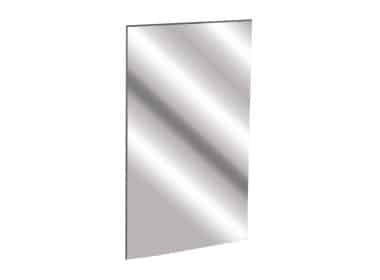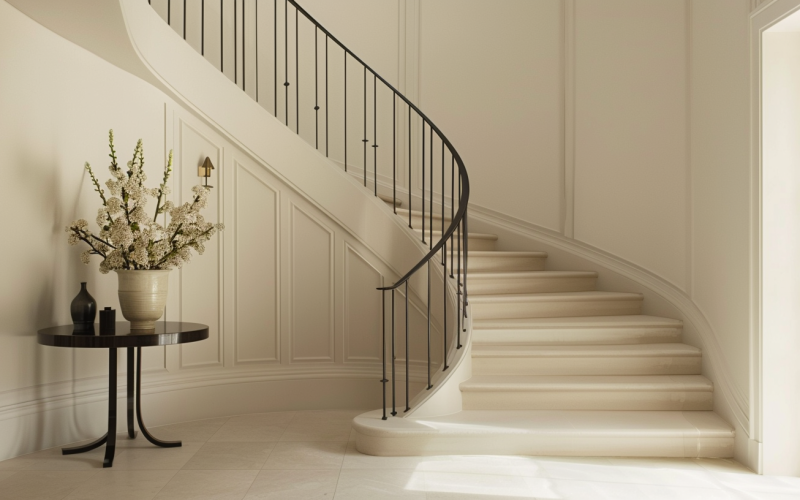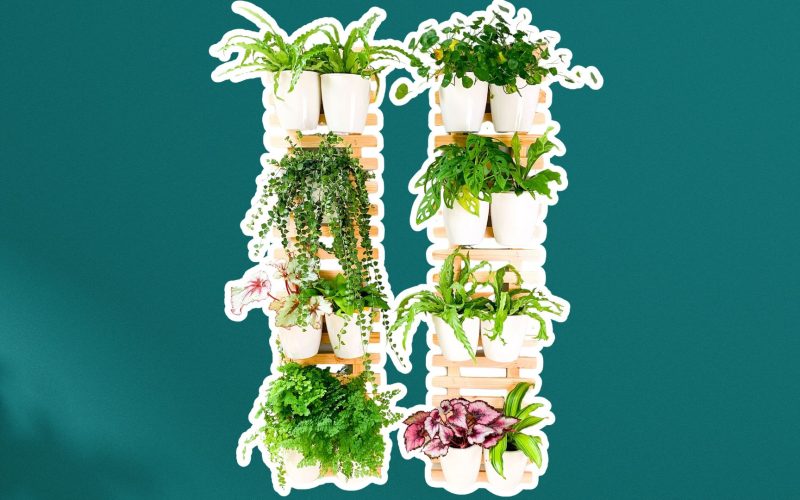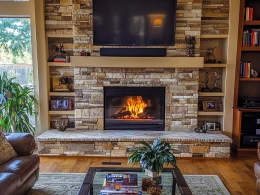Picking the right paint sheen for your interior walls can be tricky.
With so many options available, it’s easy to feel overwhelmed when choosing the best finish for each room. We get it – you want your walls to look great and hold up well over time.
Don’t worry; we’ve got you covered.
This guide will help you understand the different paint sheens and how to select the perfect one for your home. We’ll break down the pros and cons of each finish, from flat to high-gloss, and explain which rooms they work best in.
By the end of this article, you’ll have the knowledge to confidently choose the ideal sheen for every wall in your house.
What is Paint Sheen?

A paint sheen is the shine or gloss in a paint’s finish. It’s all about how much light the paint bounces back.
The mix of paint ingredients —binders, resins, and pigments—decides the sheen level. More resin means more shine. Sheen isn’t just about looks; it also changes how a room feels.
A matte finish gives a soft, non-shiny surface, while a glossy finish reflects light, making it shiny.
Factors Affecting Sheen
Three main things affect paint sheen:
- Binder: This glues the paint together and helps it stick to walls. More binder usually means more shine and toughness.
- Resin: This is key to the paint’s shine and hardness. More resin leads to a shinier, tougher finish.
- Pigment: Pigment gives paint its color. More pigment can make the paint less shiny but richer in color.
Types of Sheens
1. Flat (0-3% Shine)
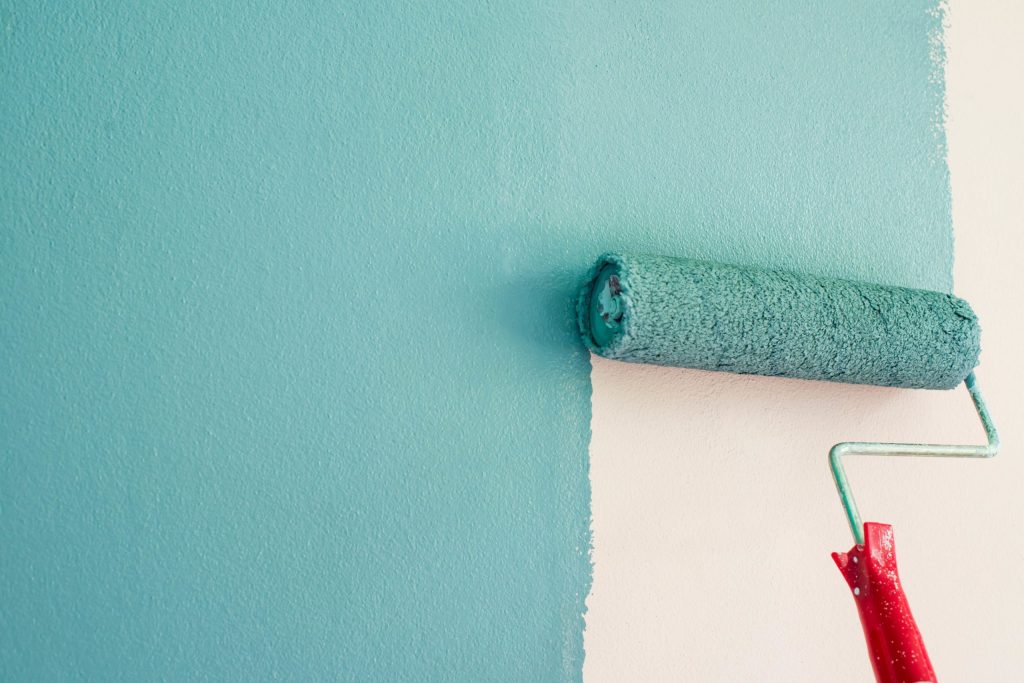
Flat paint doesn’t reflect light, making it great for hiding wall flaws. It’s perfect for ceilings where you want to avoid glare. This finish is excellent at concealing bumps and waves on walls by absorbing light.
However, it’s hard to clean, so it’s best for low-traffic areas. Avoid using flat paint where dirt and scuff marks are common, as keeping clean is tricky.
2. Matte (3-10% Shine)
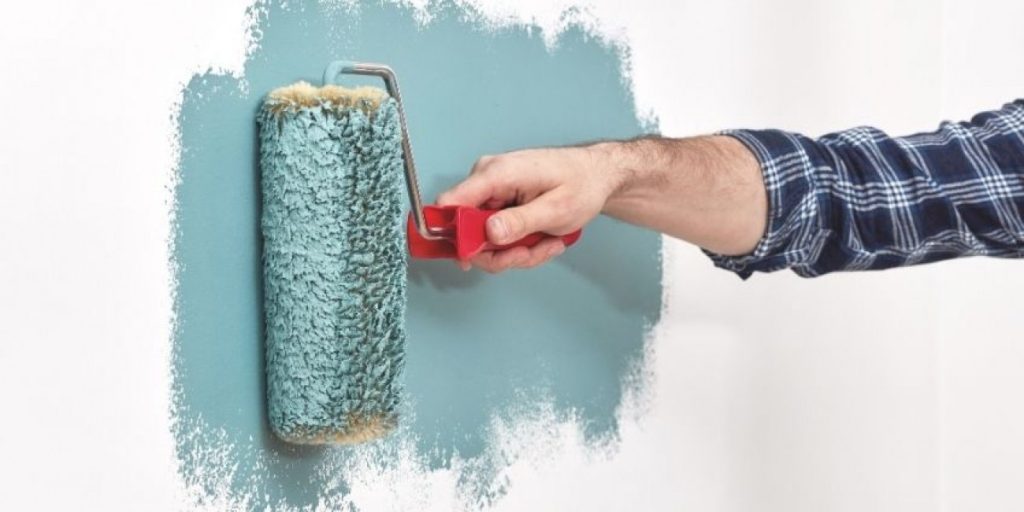
Matte paint is like flat paint but with a tiny bit of luster. It’s ideal for low-traffic areas that need better durability, such as dining rooms or adult bedrooms. The matte finish hides imperfections well and covers better than flat paint.
It’s a bit tougher, too, balancing flat and glossier options. Still, it’s harder to clean than higher-sheen paints, so use it where you want a subtle look without frequent cleaning needs.
3. Eggshell (12-25% Shine)
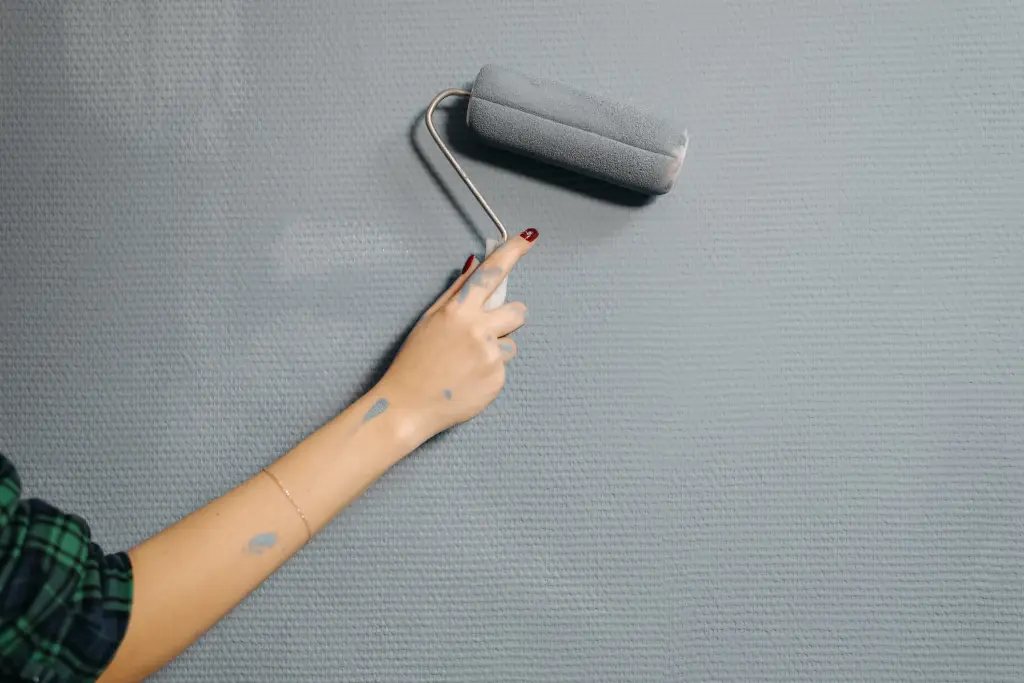
Eggshell paint has a velvety finish with a soft glow, perfect for living rooms, bedrooms, and hallways. It’s easier to clean than flat and matte finishes, making it good for everyday use.
Eggshell offers a nice mix of looks and practicality, suitable for medium-traffic areas. While it’s less able to hide wall flaws than flat or matte, it’s a versatile choice for most rooms, balancing appearance and durability.
4. Satin (25-35% Shine)

Satin paint has a pearl-like finish with a noticeable shine. It’s ideal for busy kitchens, bathrooms, and kids’ rooms. Satin is tough, easy to scrub, and handles moisture well. Its slight gloss makes cleaning stains and scuffs simple.
However, it can highlight wall imperfections, so use it on smooth, well-prepared surfaces to avoid showing flaws.
5. Semi-Gloss (35-60% Shine)

Semi-gloss paint is highly durable and reflective. It’s great for high-traffic spots like kitchens, bathrooms, and trim.
This paint is easy to clean and resists moisture, making it perfect for areas where cleanliness is key. You can wipe it with soap and water.
The downside is that it shows imperfections more than less shiny paints. Use it on walls in good condition or where shine and toughness matter more than hiding flaws.
6. Gloss (>60% Shine)
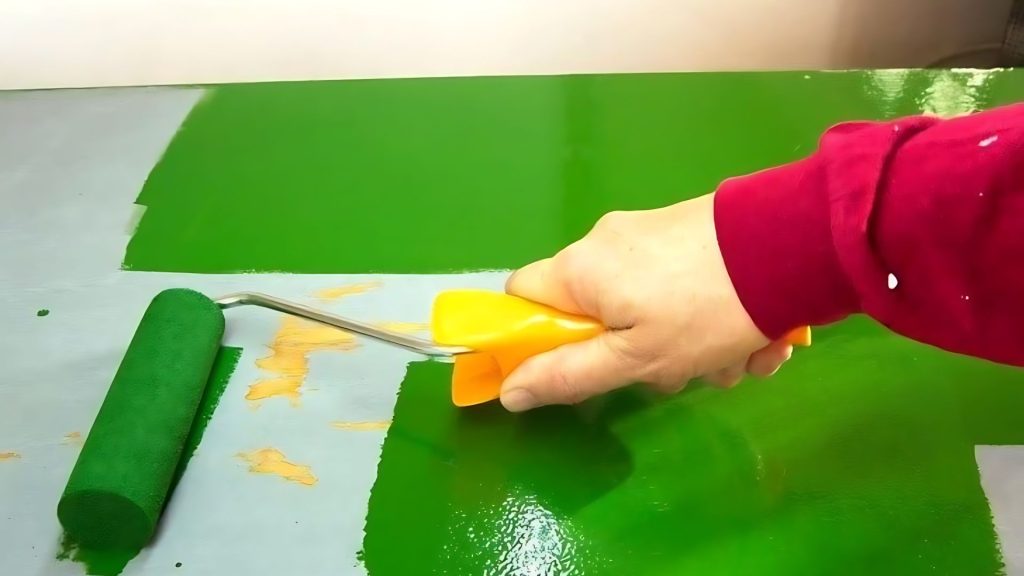
Gloss paint is super reflective and the most durable. It’s best for trim, doors, and cabinets. This finish is ideal for woodwork and surfaces that must withstand heavy use and frequent cleaning.
Gloss paint is the easiest to clean and the toughest. It can handle repeated washing, making it great for high-contact areas.
However, it shows every flaw, so use it only on smooth, well-prepared surfaces where its shine and durability are most useful.
Best Sheen for Different Interior Walls
1. Living Rooms and Bedrooms

Eggshell is the top pick for living rooms and bedrooms. It gives a soft glow and is easy to clean. This finish adds a subtle, classy look that’s simple to maintain. It’s great for family homes as you can wipe it down with a damp cloth.
For a more low-key look in quiet areas, matte is a good choice. It’s smooth and doesn’t reflect light, hiding wall flaws well. Matte works well in adult bedrooms or formal living rooms that don’t see much traffic.
It adds a sophisticated touch where toughness isn’t the main concern.
2. Kitchens and Bathrooms
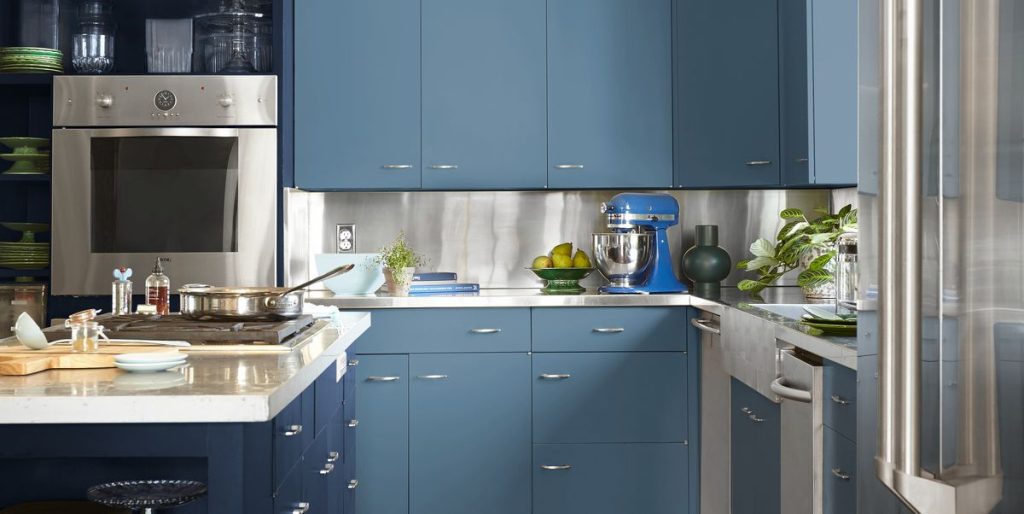
For kitchens and bathrooms, satin is the way to go. It’s tough and easy to scrub. Satin has a slight shine, cleans easily, and handles moisture well. It’s perfect for kitchen walls and bathroom surfaces that need regular cleaning.
This paint can cope with the damp air and frequent wiping these rooms often need.
If you want even more protection, semi-gloss is a good option. It’s shinier, tougher, and even easier to clean. It’s ideal for areas like backsplashes and bathroom walls where water resistance is key.
Semi-gloss works especially well near sinks and showers.
3. Hallways and Kids’ Rooms

For hallways and kids’ rooms, choose eggshell or satin. Eggshell offers a soft shine that balances looks and toughness, while satin is tougher and easier to clean.
Use eggshells for a warmer look in hallways and satin in kids’ rooms where the walls might get dirty.
Both work well in busy areas, but satin is better where you might need to scrub.
4. Ceilings
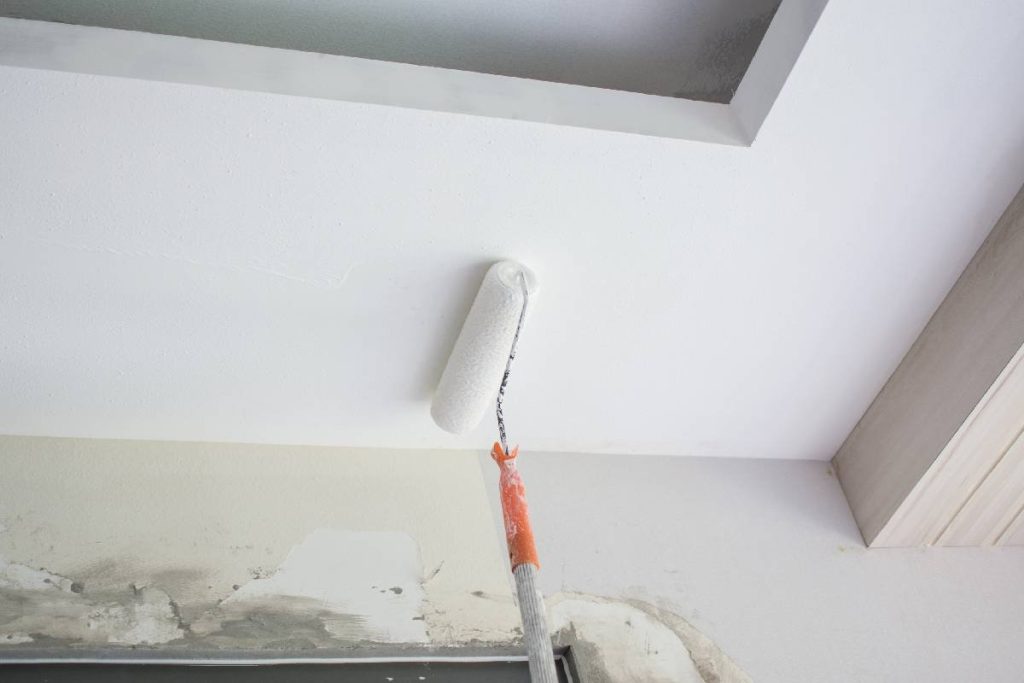
Flat paint is best for ceilings. It hides flaws and doesn’t create glare. Flat paint also covers bumps and uneven textures well. It doesn’t reflect light, creating a calm, uniform look.
Use flat paint to cover imperfections on your ceilings effectively.
5. Trim and Woodwork
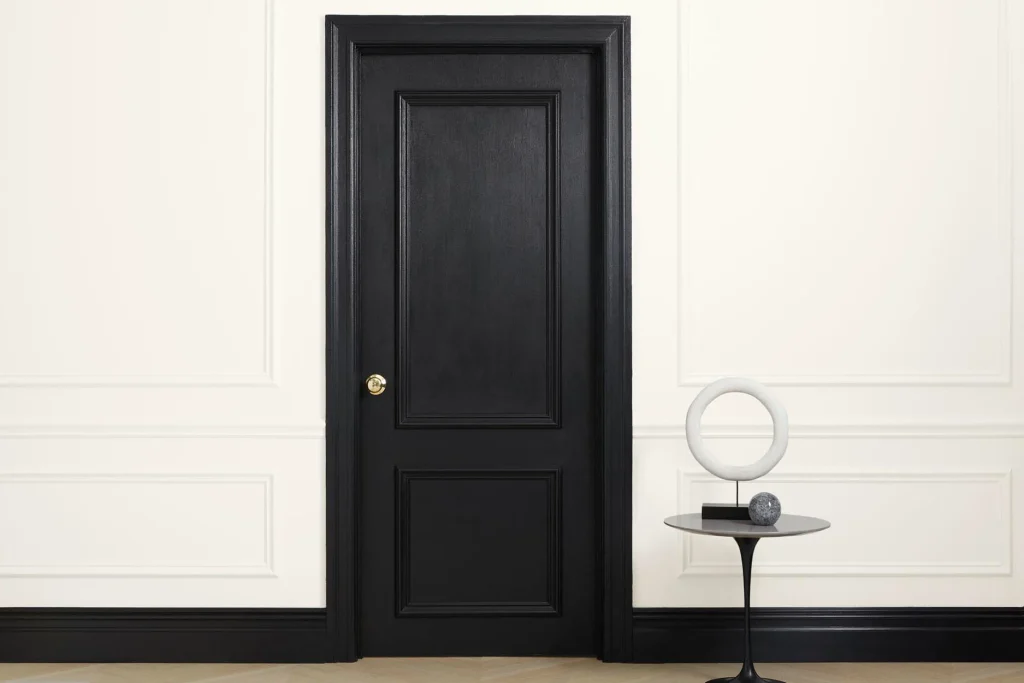
Gloss paint is ideal for trim and woodwork. It’s very tough and easy to clean, perfect for these applications. Use it on baseboards, door frames, and cabinets that get touched and cleaned often.
Gloss paint gives a polished, long-lasting finish, highlighting the room’s details.
If you want less shine but still good durability, satin is a solid choice. It’s tough with a softer shine than gloss, making it more subtle. It’s good for trim and doors for a less flashy finish.
Satin paint strikes a nice balance between looks and function for trim and woodwork.
How Paint Sheen Affects Appearance and Durability
Sheen changes how light bounces off walls, affecting a room’s look and feel. High-sheen paints make colors pop and make rooms feel brighter. But they also show wall bumps and flaws more.
Low-sheen paints, like matte, hide flaws better by soaking up light.
Sheen also affects the toughness of the paint. Higher-sheen paints stand up better to wear and tear and are easier to clean, so they’re good for busy areas like kitchens.
Lower-sheen paints might not last as long in high-traffic spots.
Practical Tips for Selecting and Applying Paint Sheen
Always test paint samples on your actual walls before making a final choice. This helps you see the true color and sheen in your space. Paint a small part of the wall and look at it at different times of the day.
Samples show how the paint works with your room’s lighting and furniture. Remember that the same paint can look different on various walls and angles.
Check the paint samples in various types of light—natural, artificial, and at night. This ensures that the sheen will look good all day long. A color might look great in daylight but is too shiny or dull under artificial lights.
Pay attention to how light changes the look of the sheen and color. Lighting can change how paint looks, so it’s important to test thoroughly.
Maintenance and Care
1. Cleaning Tips for Each Type of Sheen
For flat and matte finishes, use a soft cloth or sponge with mild, soapy water. Don’t scrub too hard, as this can damage the surface.
With eggshell and satin finishes, use a mild detergent and water, and wipe the surface gently. These finishes can handle more cleaning than flat ones but still need care.
Clean with soap and water or a gentle cleaner for semi-gloss and gloss finishes. These are the toughest finishes and can take frequent cleaning.
2. Touch-Up Strategies to Maintain Appearance
Keep some leftover paint for future touch-ups. This lets you fix small areas without repainting whole walls. Store the paint in a cool, dry place, properly sealed.
When doing touch-ups, use the same method you used for the original painting. This helps the new paint match the old. Try to match the original finish as closely as you can.
Fix small marks and scratches quickly to keep your walls looking even. It’s easier to fix small problems right away. Regular upkeep helps your walls look fresh and well-kept.
The Final Word
Choosing the right paint sheen for your interior walls is key to achieving style and practicality in your home. From flat to high-gloss, each sheen offers unique benefits for different rooms and purposes.
Remember, flat and matte finishes are great for hiding imperfections, while glossier options provide durability and easy cleaning.
Consider the room’s function, lighting, and your style when making your choice.
Don’t forget to test samples in your space before committing. With proper application and care, your chosen sheen will enhance your home’s beauty and functionality for years.
The perfect sheen is out there, whether you’re painting a cozy bedroom or a busy kitchen. Now, you’re equipped with the knowledge to choose your walls best.
Frequently Asked Questions
What is the Most Popular Sheen for Interior Walls?
Most popular sheen for interior walls: Eggshell and satin are widely used because they balance durability and appearance.
What Sheen of Paint Do Interior Designers Use?
Interior designers use eggshells for living areas and bedrooms, satin for kitchens and bathrooms, and flats for ceilings.
What is the Easiest Paint Sheen to Clean?
Semi-gloss and gloss are the easiest to clean due to their smooth, non-porous surface. Satin is also fairly easy to clean while being less shiny.




